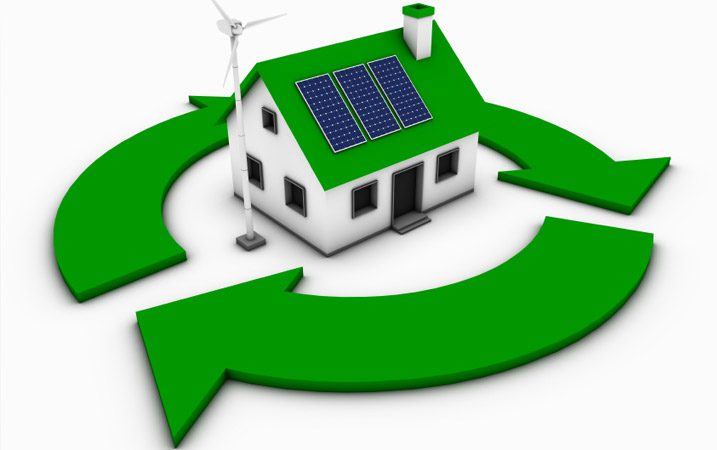Lori Ballen, the owner of this website, benefits from purchases made through her affiliate links.
As an Amazon Associate, I earn from qualifying purchases. Some links on this site are affiliate links. Portions of this content are generated by AI.
 A basic challenge in developing the Leadership in Energy and Environmental Design (LEED) certification was recognizing the complexity of environmental problems in building projects. The most significant problem in one project might be water conservation, and the reduction of energy use might be another project. It might be that both projects were equally friendly to the environment, given the particular circumstances surrounding each; and should one be recognized as better than the other?
A basic challenge in developing the Leadership in Energy and Environmental Design (LEED) certification was recognizing the complexity of environmental problems in building projects. The most significant problem in one project might be water conservation, and the reduction of energy use might be another project. It might be that both projects were equally friendly to the environment, given the particular circumstances surrounding each; and should one be recognized as better than the other?
Take a Look at these Energy Star Certified Homes For Sale in Las Vegas
The US Green Building Council (USBGC) solved this problem by introducing flexibility into their certification process. The core of this flexible system is a point scheme that allows developers to gain credit for different environmental features across six rubrics. To further emphasize the importance of locality in the system, bonus points are also award.
LEED does start with seven minimum requirements. Certification will not be granted if these requirements are not met. At the highest level, the seven minimums are:
1) Must Comply with Environmental Law
2) Must be a Complete, Permanent Building or Space
3) Must use a Reasonable Site Boundary
4) Must Comply with Minimum Floor Area Requirements
5) Must Comply with Occupancy Rates
6) Must Share Energy and Water Use Data
7) Must Comply with Building to Site Area Requirements
While there is significant detail within each of the above requirements, for someone interested in building LEED certified, these requirements should be achievable. The challenge comes in the points system.
LEED Levels
The four levels in the LEED standard are:
- Certified
- Silver
- Gold
- Platinum.
Beyond meeting the above minimums, level is awarded based on points earned. It starts with a minimum of forty and goes up as follows:
Certified: 40 – 49
Silver: 50 – 59
Gold: 60 – 79
Platinum: 80 and above
To provide even further flexibility LEED has ten bonus points. Up to four points can be awarded for addressing locally important issues. Innovation can bring up to six additional points. Only a hand full of projects have exceeded 100 points, so-called Super Green building.
The six point-driven rubrics are:
- Sustainable Sites
- Water Efficiency
- Energy and Atmosphere
- Materials and Resources
- Indoor Environmental Quality
- Innovation in Design.
The logic behind this trade-off system is to spark innovation and fit the project into the local reality. A more proscriptive system would lead to the repetition of the same items over and over as stakeholders focused on safe approaches to obtain the desired levels.
As of August, 2015 LEED-certified building space surpassed 13.8 billion square feet, and something seems to be working. Stakeholder interest in green building certainly was the core driver of this success. Creating a system that was practical and flexible was critical to meet this demand. The LEED system continues to move the green building process forward through its unique combination of requirements and encouragements.
LEED Certified Homes in Las Vegas
As an Amazon Associate, I earn from qualifying purchases. Some links on this site are affiliate links. Portions of this content are generated by AI.